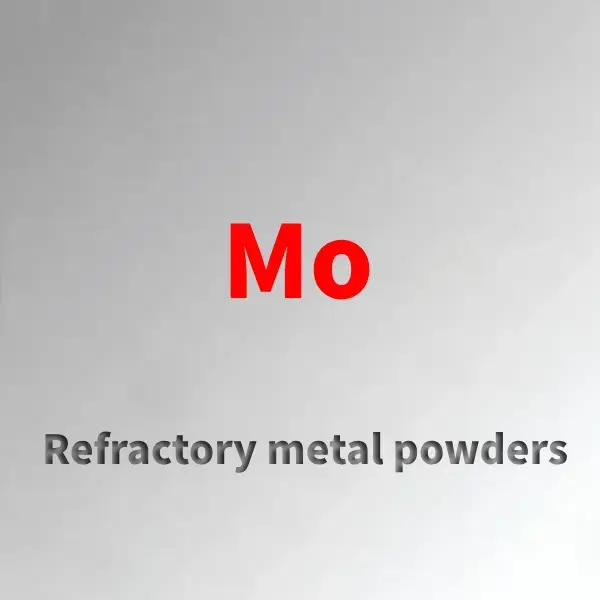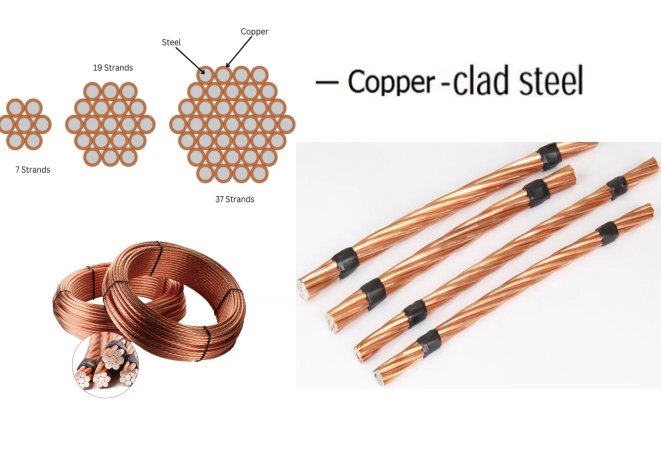In the rapidly evolving world of additive manufacturing, choosing the right material is often the deciding factor between product success and failure. Among the high-performance materials available, molybdenum powder stands out for its exceptional strength, thermal stability, and resistance to corrosion. But not all molybdenum powders are created equal. In this guide, we’ll walk you through how to select the right molybdenum powder for additive manufacturing, especially when performance, purity, and consistency matter most.

1. Understand the Role of Molybdenum Powder in Additive Manufacturing
Molybdenum is a refractory metal with a high melting point of 2622°C, excellent thermal conductivity, and a low thermal expansion rate, making it ideal for demanding applications in aerospace, nuclear energy, and high-temperature environments. Spherical molybdenum powder (SMP), in particular, is engineered for use in Laser Powder Bed Fusion (LPBF) and other 3D printing technologies.
At Hangrui (Shanghai) Advanced Materials Technology Co., Ltd., our high-purity SMP (≥99.9%) supports the most advanced additive manufacturing processes, delivering excellent flowability, sintering behavior, and mechanical integrity.
2. Determine the Right Particle Size Distribution
Particle size distribution significantly affects powder flowability, packing density, and final part resolution. Typically, for LPBF and similar applications:
-
15–53μm powder is used for high-resolution components
-
45–105μm powder is suitable for larger or less intricate parts
Hangrui offers both SMo53 and SMo105 products, giving engineers flexibility to match powder characteristics with application needs.
3. Prioritize Sphericity and Flowability
Sphericity ≥0.90 ensures uniform melting and reduces the risk of defects in 3D-printed parts. Highly spherical particles offer superior packing and smoother layer recoating in powder bed systems.
Our SMP products are atomized and refined to meet exacting flowability standards:
-
Flow rate: ≤15.0s/50g
-
Apparent density: ≥5.2g/cm³
-
Tap density: ≥5.7g/cm³
These features minimize clogging and guarantee smoother print runs.
4. Check for Chemical Purity and Low Oxygen Content
Impurities, especially oxygen, carbon, and iron, can degrade powder performance during the melting process. Always choose molybdenum powder with strict impurity limits:
-
O ≤ 0.03% (≤300ppm)
-
C ≤ 0.01%
-
Fe ≤ 0.01%
Hangrui’s powder production lines are equipped with advanced refining systems to ensure ultra-low contamination, complying with aerospace-grade requirements.
5. Consider the End-Use Application
Different applications require different properties from molybdenum components:
-
Aerospace: Requires high compressive strength (1200–1500 MPa), thermal shielding, and structural stability at high temperatures
-
Nuclear energy: Demands radiation resistance and excellent thermal conductivity (138 W/m·K)
-
Additive manufacturing: Needs uniform melt behavior and minimal porosity
-
Thermal spray coatings: Requires resistance to chemical attack and oxidation
Choosing powder that matches the end-use mechanical and thermal requirements ensures long-term part reliability.
6. Evaluate Supplier Expertise and Production Capabilities
Your material supplier’s credibility directly impacts your product’s performance and consistency. Hangrui operates three advanced metal powder manufacturing facilities, equipped with state-of-the-art technology and rigorous quality control systems. We are trusted by global leaders in aerospace, automotive, and energy sectors for our:
-
Consistent powder morphology
-
Customizable product grades
-
Fast turnaround and technical support
-
Commitment to sustainable practices and innovation
Partnering with a supplier like Hangrui means more than just raw materials—it’s about co-engineering solutions that drive competitive advantage.
7. Don’t Overlook Post-Processing Performance
How molybdenum powder behaves during sintering or hot isostatic pressing (HIP) is just as important as its initial specifications. Hangrui’s SMP is optimized for post-processing, delivering final parts with:
-
Hardness of 2.5–3.0 GPa (HV)
-
Stable thermal expansion coefficient: 5.0 × 10⁻⁶ /°C
-
Minimal internal porosity, ensuring superior mechanical properties
This ensures that your 3D-printed parts perform exactly as expected—every time.
Conclusion: Making the Smart Choice for High-Performance Applications
Selecting the right molybdenum powder for additive manufacturing goes far beyond just picking a particle size. It involves evaluating purity, flowability, sphericity, mechanical behavior, and supplier reliability. At Hangrui (Shanghai) Advanced Materials Technology Co., Ltd., we help engineers and manufacturers unlock the full potential of spherical molybdenum powder with consistent quality and customized support.
Whether you’re producing rocket components or heat shields, the right powder can redefine what’s possible in high-performance manufacturing. Let Hangrui be your trusted materials partner in the journey from powder to precision.
www.powdmax.com
Hangrui (Shanghai) Advanced Materials Technology Co., Ltd.

More Stories
Circular Economy Solutions: COMY Environmental Technology Leading the Charge
How Oil Type Transformers Enhance Industrial Power Efficiency
Indoor vs. Outdoor EV Chargers: Choosing the Right 7kW Charging Solution for Your Home